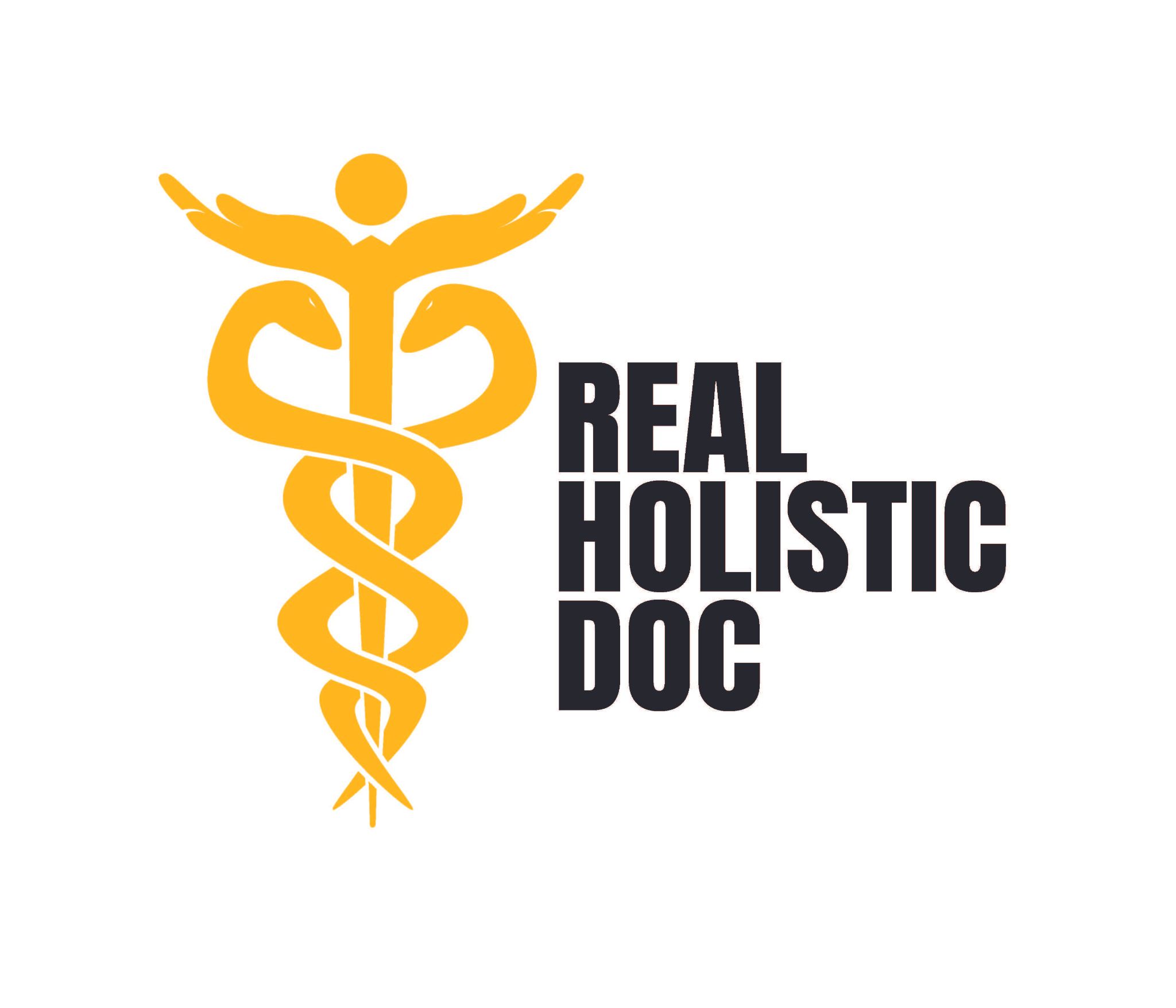SheLi TENS
Starting in 1963 I began research to find a safe, non-surgical approach for pain. My lab experiments led me to extensive electrophysiological studies on pain. In 1965, Professor Pat Wall, then at MIT, sent me pre-publication a copy of his now-classic paper ”The Gate Control of Pain”. This prompted me to visit Pat and as I left I said to my wife, ”If Pat is correct, we ought to be able to control pain by stimulating the dorsal columns (the back part) of the spinal cord.” Six months later I had demonstrated in animal both electrophysio- logical suppression of animals. I presented this work at the April, 1966 meeting of the American Society of Neurological Surgeons, where it was so controversial that there was intense argument as to whether animal research could really evaluate pain! The paper was so controversial that it was turned down for publication in the Journal of Neurosurgery, the first refusal of publication of a paper presented at that organization’s annual meeting. The work was published in ANALGESIA and ANESTHESIA.
In 1967, after 24 months of animal studies, with proper informed consent and approval of his nurse daughter, I implanted the first Dorsal Column Stimulator in a patient with terminal metastatic cancer. It was successful and in October, 1967, I inserted the second DCS. That patient, who had uterine cancer, lived 7 years with total control of her pain, when she was not depressed. By 1969, I had implanted DCS in 8 patients and presented the results at the American Society of Neurological Surgeons. The response was enthusiastic acceptance with many neurosurgeons wanting to do the procedure. I formed a Dorsal Column Study group with plans to operate 500 patients, followed 5 years to determine ultimate safety. Unfortunately a medical device company greedily began advertising the device when the DCS study group had implanted only 480 (84 of those by me), with many not followed more than a year. Even more unfortunately, Medtronic, which had been the major supporter for the project, felt it had to market the DCS, BUT they changed the electrode design for mass marketing and the result was so unsatisfactory that I stopped doing the procedure in 1973. I have never done it or recommended it since then.
Meanwhile, I had been using the old Electreat, patented in 1919, by a Naturopath, C.W. Kent, to show patients what sensation electrical stimulation would produce. I had found this device quite successful in many patients, but it was cumbersome. I attempted to get engineers interested in producing a modern solid-state similar to the Electreat. They were not interested until one of the engineers left Medtronic and started Stim-Tech. A few weeks later I was able to get Medtronic to make a truly wearable modern stimulator. BUT I complained that it was not as effective as the Electreat; it did not penetrate as deeply or relieve pain as well. Within a few years Stim-Tech needed money and was bought out by Johnson and Johnson. J & J rapidly bankrupted the company. In 1982, after an 8-month trial in federal court, it was proven that J & J purposefully destroyed Stim-Tech because they thought it would compete too successfully with Tylenol! The jury awarded the founders of Stim-Tech 77 million dollars because of fraud! The case was settled out of court for an undisclosed amount, but enough that the founders have not had to work since then. Incidentally, J & J has continued behind the scenes to discredit TENS, Transcutaneous Electrical Nerve Stimulators. But the cat was out of the bag. Today TENS devices are manufactured in almost every country and are widely used. Unfortunately, many of the devices are inferior, in both output and in quality of the device overall.
In 1992, I learned that the Electreat had an output not replicated in any of the modern TENS devices; and with the help of two colleagues, I developed and patented the SheLi TENS, which I find to be by far the most effective for pain control. It has the same penetration and ”feel” as the old Electreat. And even more importantly, it appears that it can be used on acupuncture points at least as effectively as needles, making it much more user-friendly. Under a 510-K application to the FDA, I have been allowed to manufacture and sell it for treatment of pain. Because my friend Saul Liss, creator of the Liss CES, helped me find a manufacturer, I named it the SheLi TENS. It does require a prescription; but I have used it and its precursor in 30,000 people with great success. In acute pain, it is adequate 80% of the time. In chronic pain, pain control is satisfactory 50% of the time. When coupled with other modalities, it remains an essential for pain control. I have published numerous articles demonstrating its efficacy. The only significant contraindication is an implanted electronic device, such as a cardiac pacemaker.
